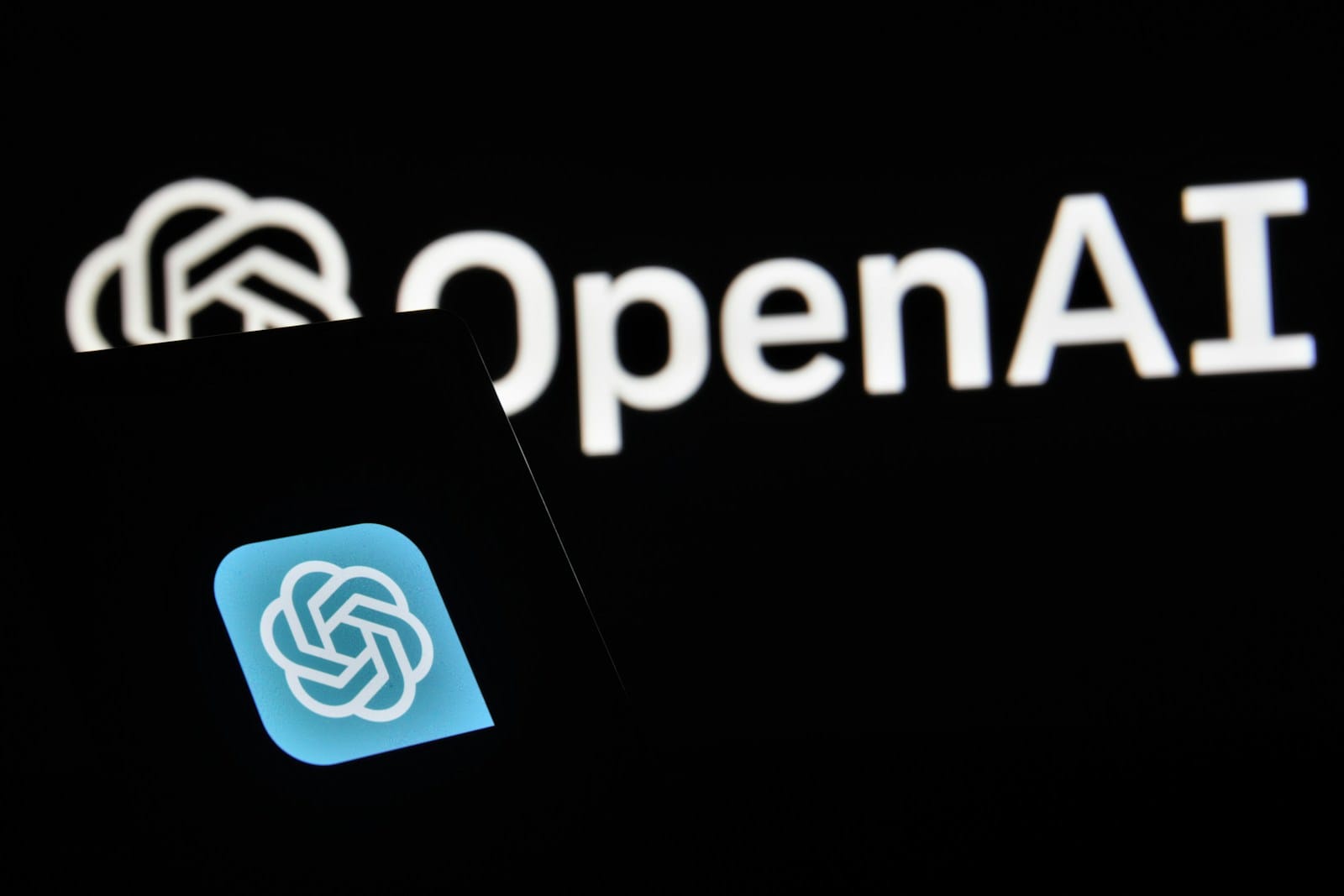OpenAI Unveils Sora: A Leap Towards Photorealistic AI-Generated Videos

In an ambitious stride into the burgeoning field of generative AI video, OpenAI has introduced Sora, a cutting-edge application designed to turn text prompts into photorealistic videos. This innovative tool represents a significant first step by OpenAI, a leading entity in artificial intelligence research, into the dynamic realm of video creation, setting a new benchmark for realism and creative potential in the industry.
Launched as a research product on February 15, 2024, Sora is initially being made available to a select group of creators and security experts tasked with identifying potential vulnerabilities. Although a public release date remains unspecified, OpenAI’s preview of Sora has already sparked considerable interest and speculation about its capabilities and future applications.
What sets Sora apart in the competitive landscape of text-to-video AI projects—populated by tech giants like Google and innovative startups like Runway—is its unparalleled photorealism and the capacity to produce video clips of up to one minute in length. This is a notable departure from the shorter snippets that have characterized the output of existing models. OpenAI has been somewhat reticent about the exact rendering time for these videos, suggesting a range from a quick errand to a more extended break, but the examples shared publicly suggest the results are well worth the wait.
Sora’s debut showcases include a series of compelling video clips generated from detailed text prompts. One standout example features a snowy Tokyo scene, bustling with activity and cherry blossoms mingling with snowflakes—a testament to Sora’s world-building prowess. Another clip brings to life a fluffy, Pixar-esque creature, highlighting the AI’s ability to understand complex textures and emotions without explicit programming. These examples not only demonstrate Sora’s technical capabilities but also its emergent understanding of cinematic grammar and storytelling, promising a new era of creativity in video production.
The technology underpinning Sora leverages a diffusion model akin to that used by OpenAI’s Dall-E 3 image generator, combined with the transformer-based architecture of GPT-4. This allows Sora to go beyond merely fulfilling text prompts, enabling it to produce videos with a sophisticated grasp of narrative and visual storytelling. The implications for content creation are vast, offering a glimpse into a future where AI can generate not just static images but dynamic, narrative-driven video content.
However, OpenAI is proceeding with caution, particularly regarding the potential for misuse in creating deepfakes and spreading misinformation. The organization is committed to implementing strict content restrictions similar to those for Dall-E 3, including prohibitions on violence, pornography, and the unauthorized use of real people’s likenesses or the styles of named artists. Furthermore, OpenAI plans to provide means for viewers to identify content as AI-generated, acknowledging that combating misinformation is a complex challenge that extends beyond any single company’s efforts.
Legal and Ethical Challenges of AI-Generated Content
This technology, while groundbreaking, ushers in a complex debate about the propagation of fake news, the integrity of political elections, and the overall impact on public trust. As Sora can render realistic imagery and scenarios that never actually occurred, the potential for misuse in manipulating public opinion or interfering in democratic processes is profound. This underscores the urgent need for robust legal frameworks and ethical guidelines to govern the use and dissemination of AI-generated content, ensuring that while innovation continues to advance, it does so within boundaries that protect societal values and democratic integrity.
OpenAI’s commitment to mitigating these risks, including content restrictions and measures to identify AI-generated outputs, is a step in the right direction. However, addressing these challenges will require concerted efforts from regulators, technologists, and society at large to navigate the fine line between harnessing the potential of AI and safeguarding against its perils
Despite these challenges, the potential for Sora and similar technologies to democratize high-quality video production is immense. By lowering the barriers to entry for content creators, AI-generated video tools could revolutionize social media platforms like TikTok and Instagram, enabling users to produce professional-grade content without expensive equipment or specialized skills. Yet, as OpenAI navigates AI ethics and content regulation, the broader societal implications of such technology will undoubtedly continue to be a topic of intense discussion and scrutiny.





